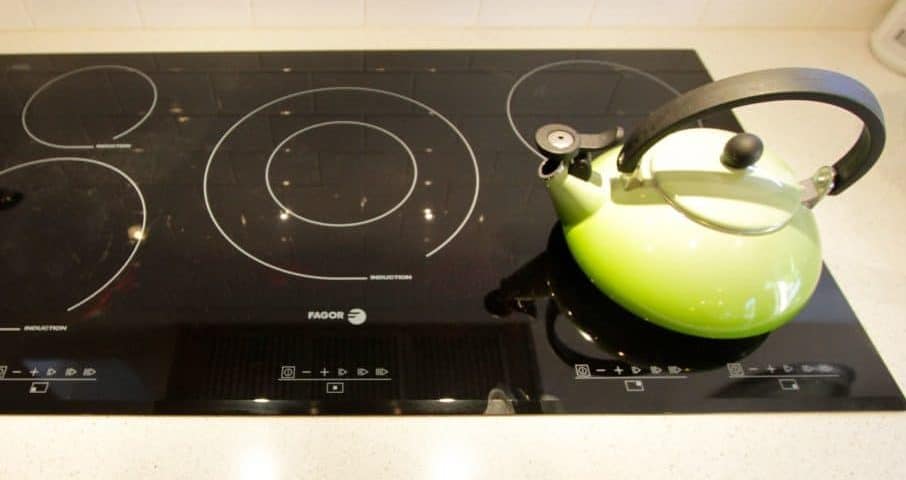Induction cooking is having a moment as an environmentally beneficial alternative to gas. Suddenly (or so it seems) an on-trend technology, first introduced in America in the 1970’s, it was slow to catch on. It requires a special smooth ceramic cook top with induction energy coils directly beneath the surface that heat via magnetic energy. These coils produce high-frequency alternating current from regular low-voltage direct current. When cookware made of a magnetic-based material is placed on the stovetop, the molecules in the vessel begin to move so rapidly that the pan (not the stove top) becomes hot. Quickly. Removing the pan from the cooking surface produces an immediate slowdown of the gyrating molecules, which means the pan begins to cool. Quickly. This gives a cook immense control over what’s being heated. It is also faster and more efficiently expends energy. Although most steel and cast-iron-based vessels work well, those made of aluminum, copper and some stainless steel can’t be used on an induction cook top because they aren’t magnetic. Special pans designed for induction cooking are available. The future sees gas stoves being banned in new residential construction for a variety of reasons both health related and environmental. Rebates, tax credits and other incentives will propel the electrification of the kitchen.
What is induction cooking?

Never Miss a Guide
Sign up for our thoughts on the latest in food, cooking, and culture. Subscribe above the fold to hear about new articles and recipes.
